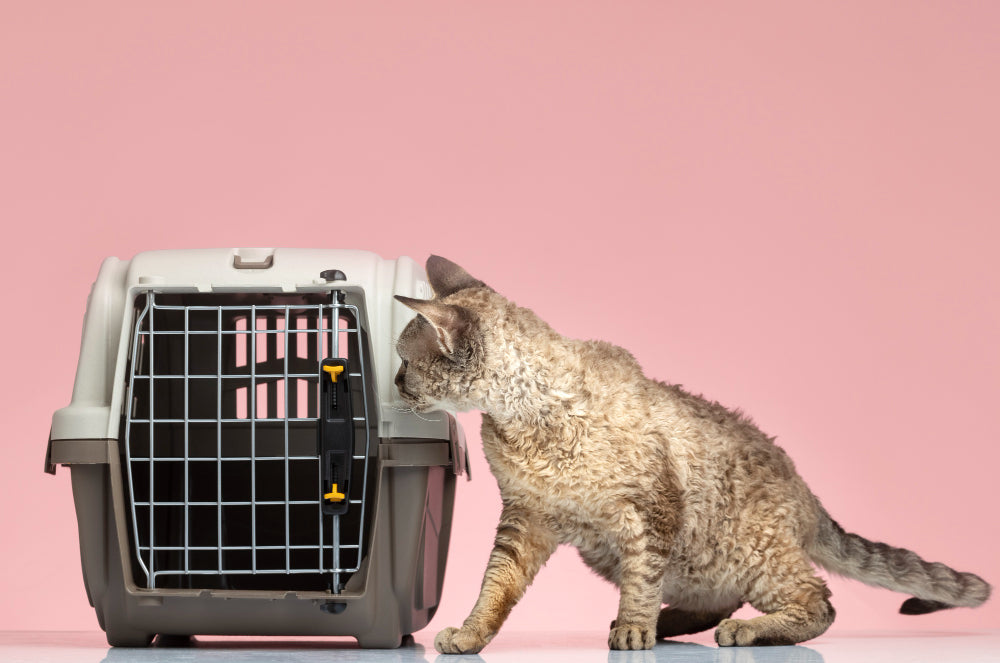
Cycling safely with your dog: here's how to do it.
, by Michael van Wassem, 5 min reading time

, by Michael van Wassem, 5 min reading time
Cycling with your dog is a great way to stay active and spend quality time together. With the right preparation, training, and alertness, you can make every ride a safe and enjoyable experience.
Bicycle bracket or bicycle leash with shock absorber – keeps your dog at a safe distance and prevents you from losing your balance.
Sturdy harness – better than a collar, as it doesn't put pressure on the throat during sudden movements. Check out collars and harnesses here.
Bicycle basket, bicycle trailer or buggy – ideal for small, older or less fit dogs.
Water and drinking bowl – always bring water, especially in warm weather. Check here .
Reflection or lighting – for rides in the twilight or darkness.
First-aid kit and poop bags – always handy for on the go. You can find them here .
Check out our collection specifically for cycling with your dog here: Cycling with your dog
Start slowly : let your dog get used to the bicycle while you walk alongside it.
Walking with the bike : practice short stretches where your dog walks alongside you and you walk with the bike in hand.
Short rides : start with 5–10 minutes at a steady pace and gradually build up.
Use commands : words like stop , calm down , and stay give your dog guidance.
Choose safe routes : avoid busy streets, and opt for quiet bike paths and shady routes instead.
For running alongside a bicycle : suitable for healthy, fit dogs with sufficient stamina.
Buggy, basket or bicycle trailer : ideal for small breeds, older dogs or dogs that get tired quickly.
Combining activities : walking along for a bit and then resting in the buggy or stroller often works perfectly.
Loose dogs : stay calm and stop if necessary. If a dog suddenly runs towards your dog, it is sometimes safer to let your dog go so that you are not knocked down.
Heat and asphalt : check with your hand to make sure the ground isn't too hot. Take breaks and make sure your dog doesn't overheat.
Fatigue : pay attention to signs such as panting, frequent stops, or falling behind. Stop in time.
Distractions : Be aware of cyclists, children, and animals that may distract your dog.
Suitable equipment (leash, harness, basket or cart)
Keep water and first aid supplies handy.
Start with short trips.
Choose safe routes.
Take into account the weather and your dog's condition.
Not every dog enjoys or is suitable for cycling. Fortunately, there are alternatives:
For relaxing walks and adventurous hikes: Hiking & walking with your dog
For comfortable and safe car travel: Driving with your dog
Cycling with your dog can be a wonderful activity, as long as you are well-prepared, use the right equipment, and listen to your dog. Start slowly, build it up gradually, and enjoy safe and fun miles together.


